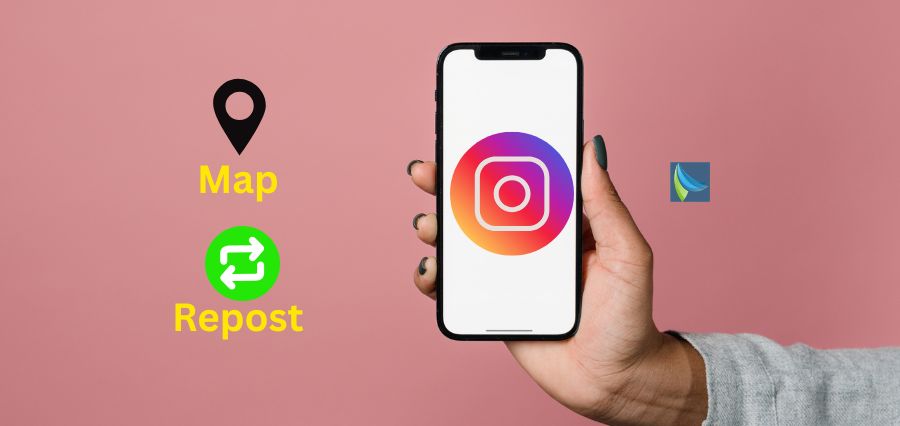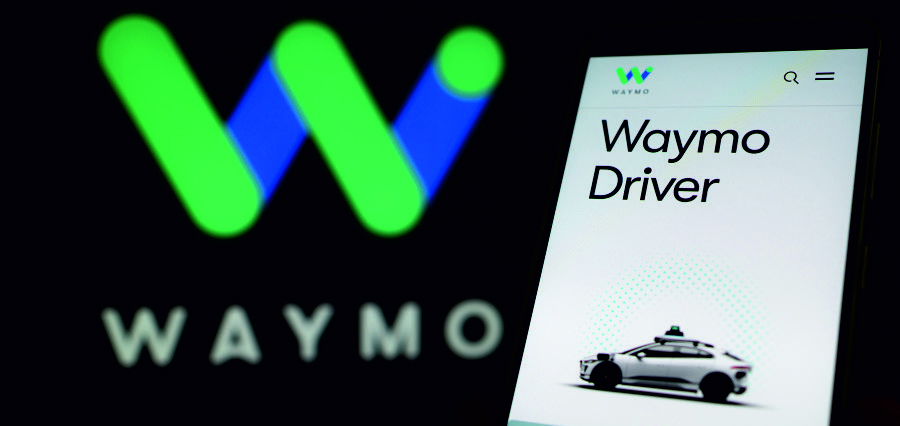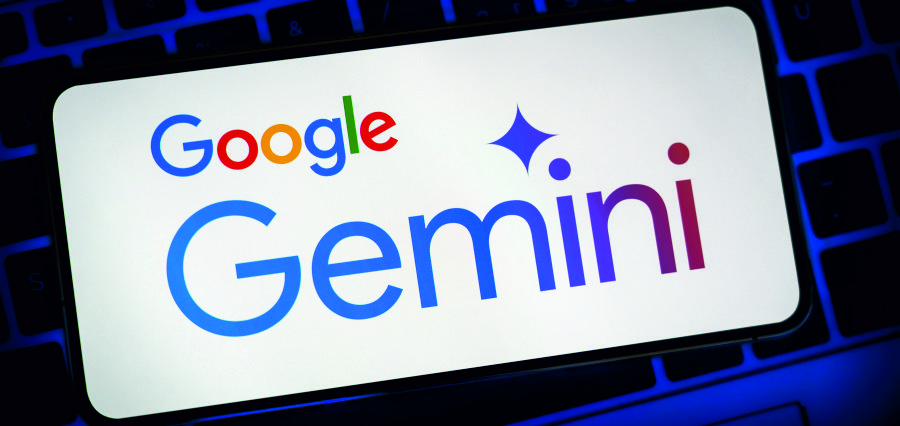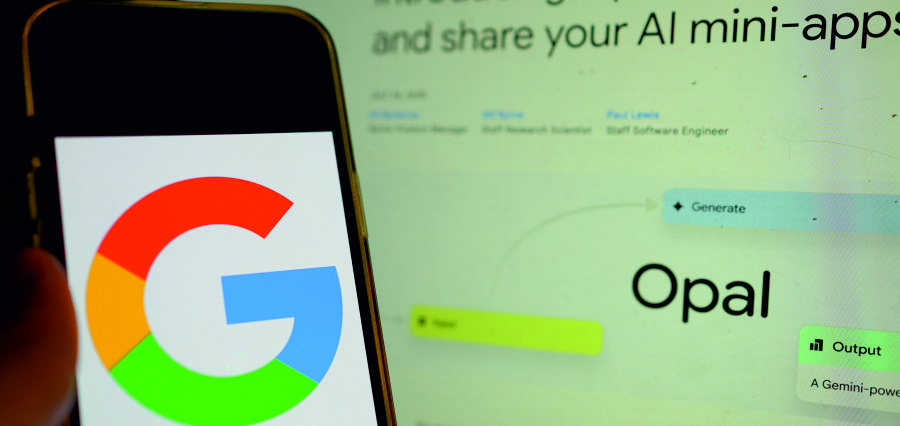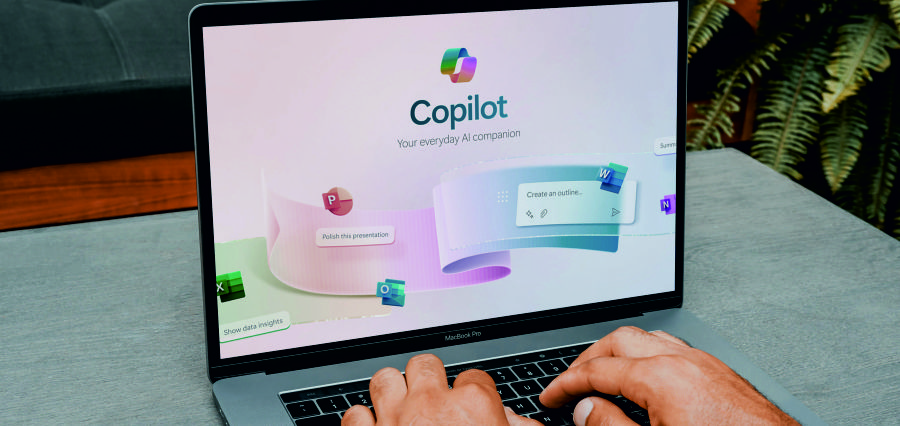Prime Highlights:
- Instagram’s latest “Repost” and “Map” features are under fire as users blame it for duplicating TikTok, X, and Snapchat.
- The app is trying to boost social engagement, but others criticize that it is losing its uniqueness in the process.
Key Fact:
- “Repost” allows users to repost others’ in a special section, whereas “Map” shows your latest location to choose friends.
- Both features are opt-in and permit controls over privacy, but consumers are still apprehensive about exposing themselves.
Key Background:
Meta-owned Instagram recently launched two of its largest updates — the “Repost” and “Map” features — that are receiving major backlash from users and critics alike. Despite the fact that the company says these features are intended to drive more user engagement and make it simpler to share content on an individual, open basis, users are labeling the updates as generic and privacy-focused.
The inclusion of a “Repost” feature enables the reposting of other people’s Reels and posts onto one’s account within the specially designed “Reposts” tab. This has been viewed by many as Instagram attempting to play catch-up with other social media sites, including X (formerly Twitter), where the idea was popularized. The reposts are also published in followers’ feeds, providing original authors with increased visibility and visibility. The concept has been greeted with doubt regarding the extent to which it is similar to other products on other sites.
Meanwhile, the new “Map” feature allows users to share where they are now or where they were last located with close friends or shared followers in direct messages. While the feature is opt-in only and disabled by default, some users are sounding alarms regarding matters of privacy and security. It is argued by its critics to be uncomfortably close to Snapchat’s Snap Map and easily manipulated unless properly managed, especially by teenagers.
Part of the indignation is the introduction of the new “Friends” button in the Reels tab. It now shows what your friends like, save, and comment on — making Instagram more socially active and open. Although it is encouraging more interaction, most people believe that it encroaches on personal space.
Overall, while Instagram is adamant about them making it possible to become more connected in a more genuine manner, the growing part of the community is seeing them as nothing more than another sign that the site is going too far away from its beginning of revolutionizing as much as possible in terms of features and instead is choosing to replicate. The response has been two-fold, with some being thankful for the newfound capability and others calling for more creative innovation.
Read Also: Google DeepMind Unleashes Genie 3: A Major Leap Toward Human-Like AI






